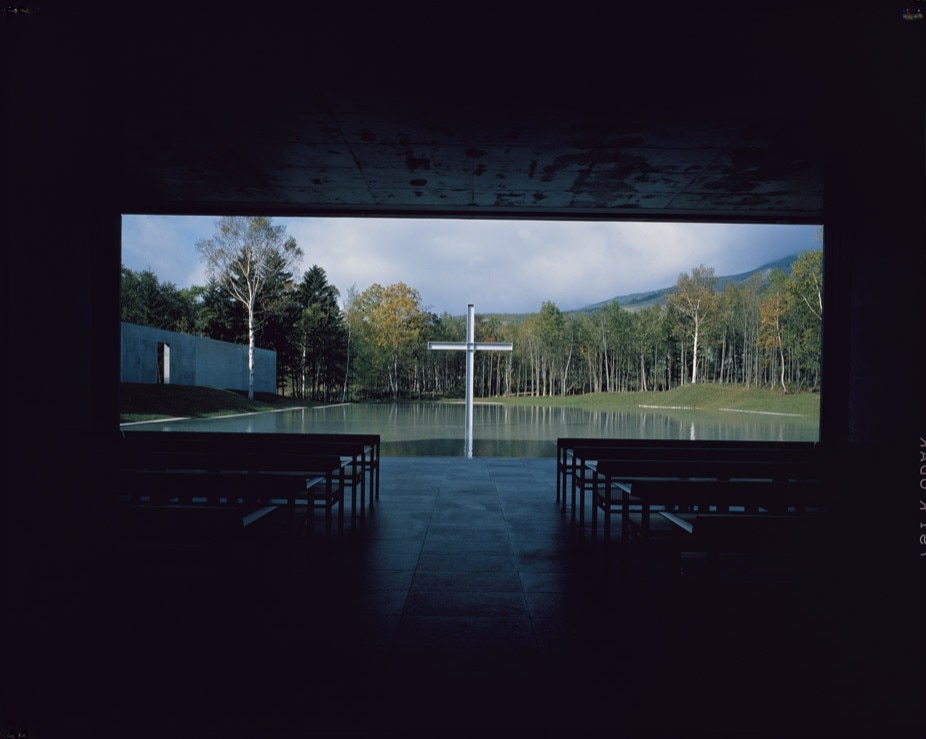Before becoming an architect (without ever graduating, by the way, just like Frank Lloyd Wright or Carlo Scarpa), Tadao Ando first worked as a truck driver and then perused a career in boxing. Rumours? Urban legends? Or perhaps simply the truth (as the many and much-viewed training videos on You Tube seem to confirm)? Either way, all these stories only make each of his architectures more fascinating.
Although casted in cement – as grey and smooth as a tatami – Tadao Ando’s spiritual and metaphysical notion of space stands in sheer contrast with the idea that the hand that drew his architectures once used to wear boxing gloves punching into sweaty bodies or used to drive heavy trucks made of steel and rubber.
One might think that when Kenneth Frampton included Tadao Ando (Osaka, 1941) among the leading figures of Critical Regionalism, he wasn’t acknowledging the Japanese quality of this architect’s interpretation of modernism, but rather the slight, omnipresent, coarse, and instinctive corporeal quality of its structures.
Ando himself, on more than one occasion, observed how the transcendental space of his churches and of all his buildings in fact, is not underpinned by a western-like transcendental quality, but is rather the result of an instinctual investigation of the fusion with nature, a fusion which however cannot be correlated to Japanese animism or pantheism.
So, for instance, his most iconic work, the cross cut into cement of the Ibaraki Church of the Light (Osaka, 1989) must be read as a double compensation: light and material are mutually necessary in relation to their opposite and different natures. Paradoxically, the fact that the church floor and pews are made with the scaffolding planks is a conceptually refined detail, so regional it might almost seem autobiographical, more than self-critical. But perhaps this is just another rumour.


